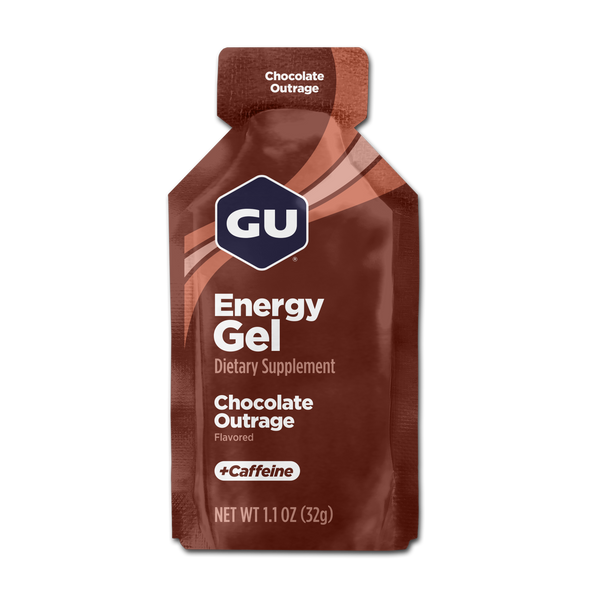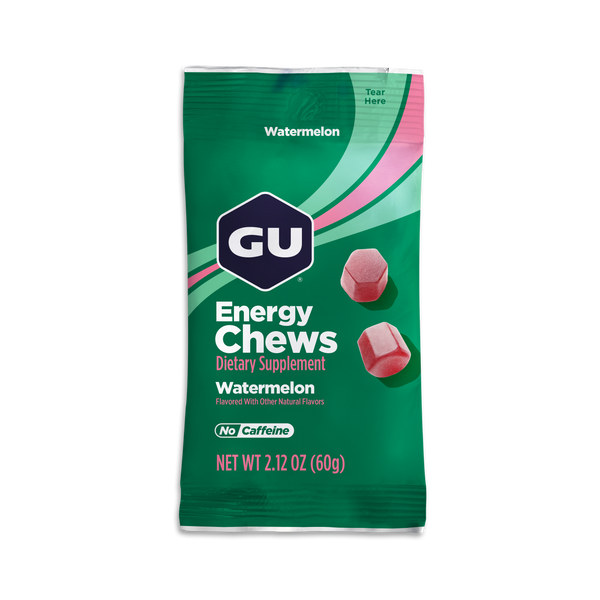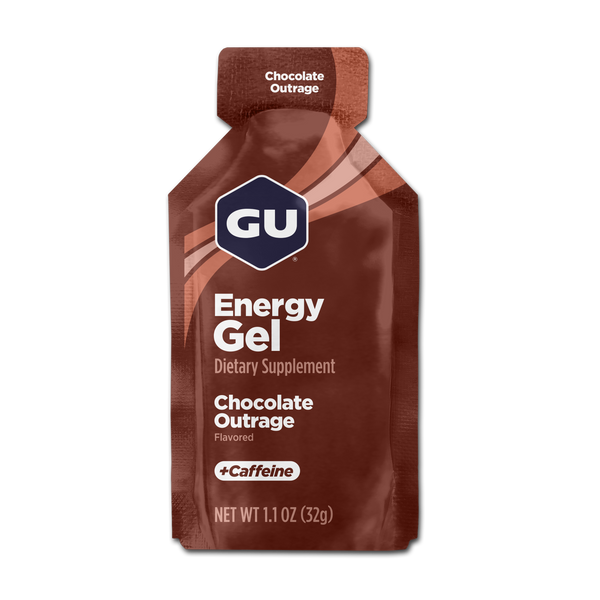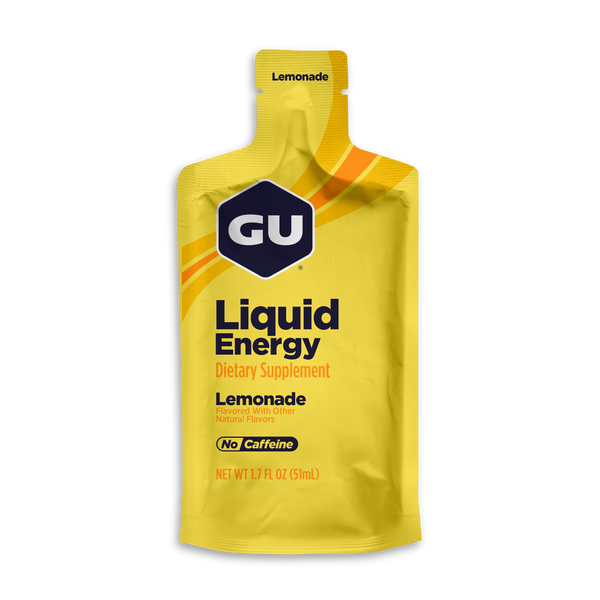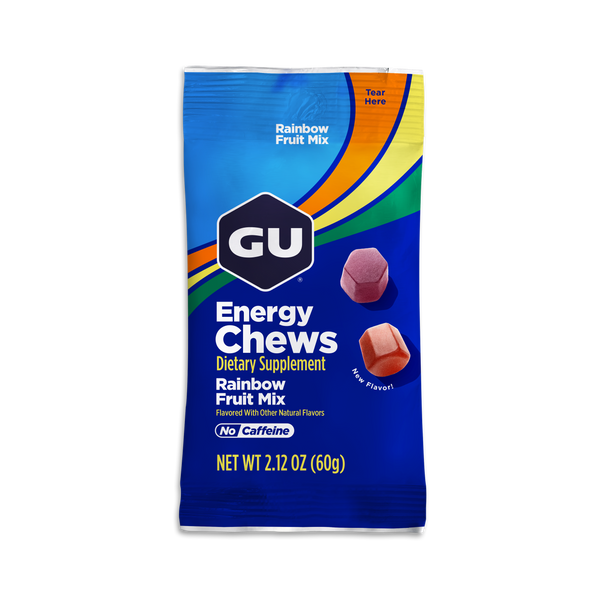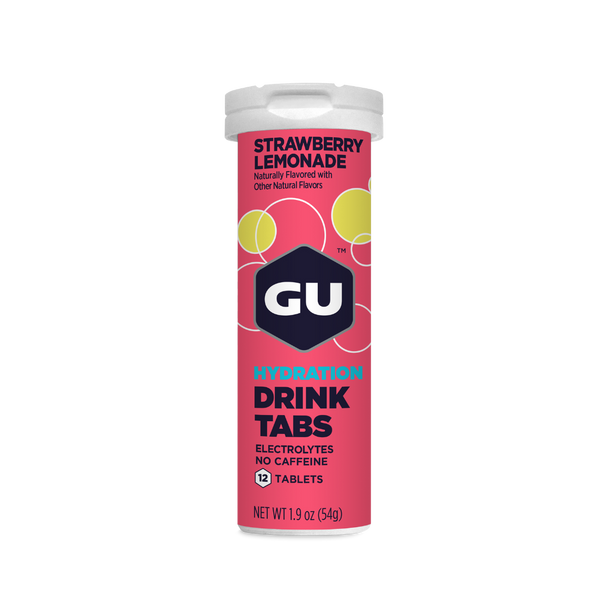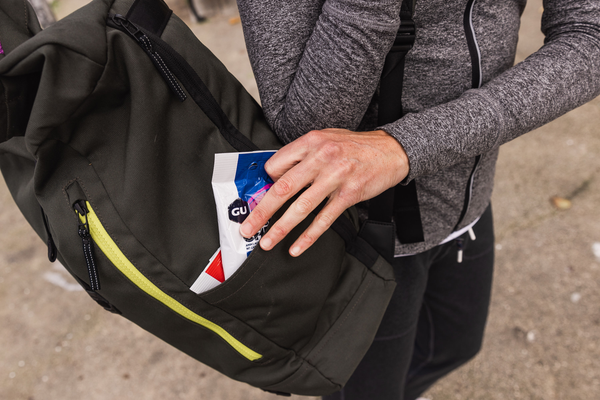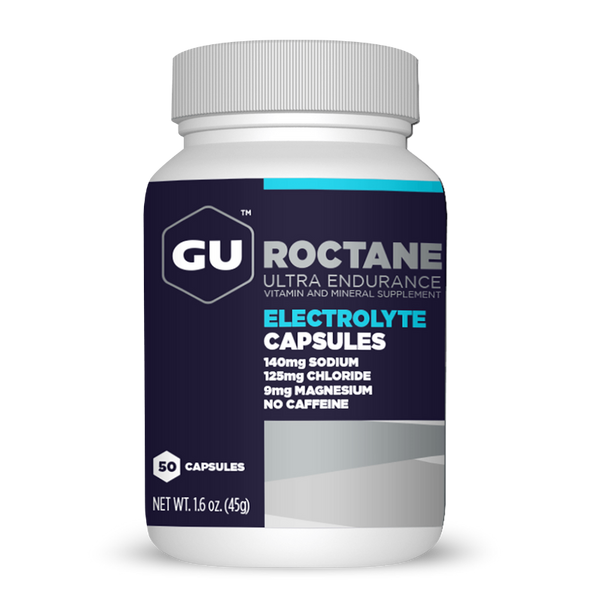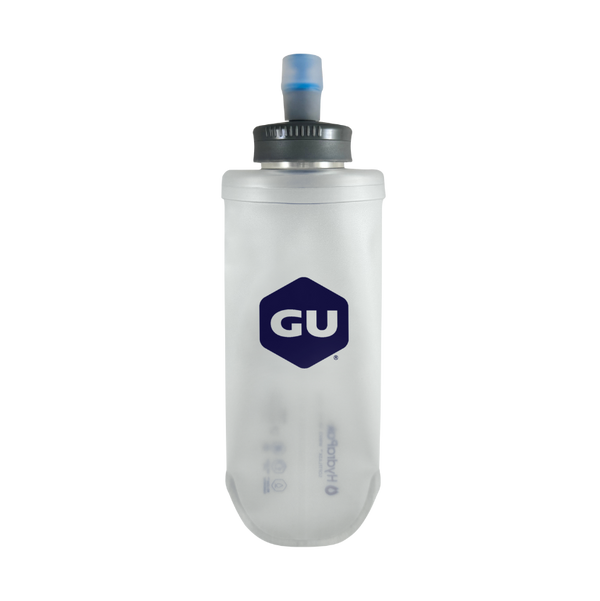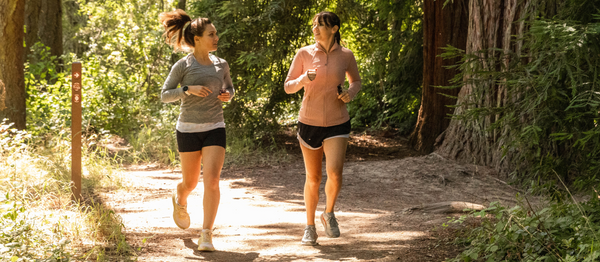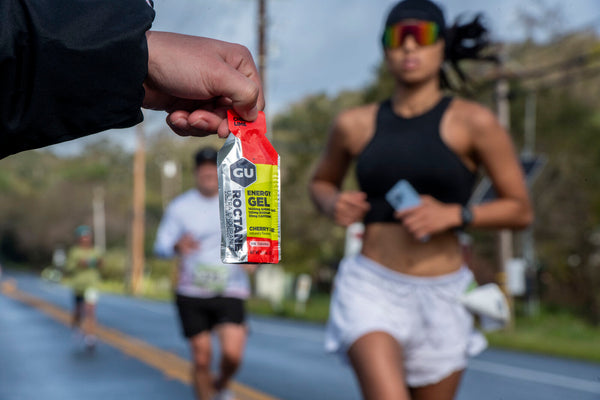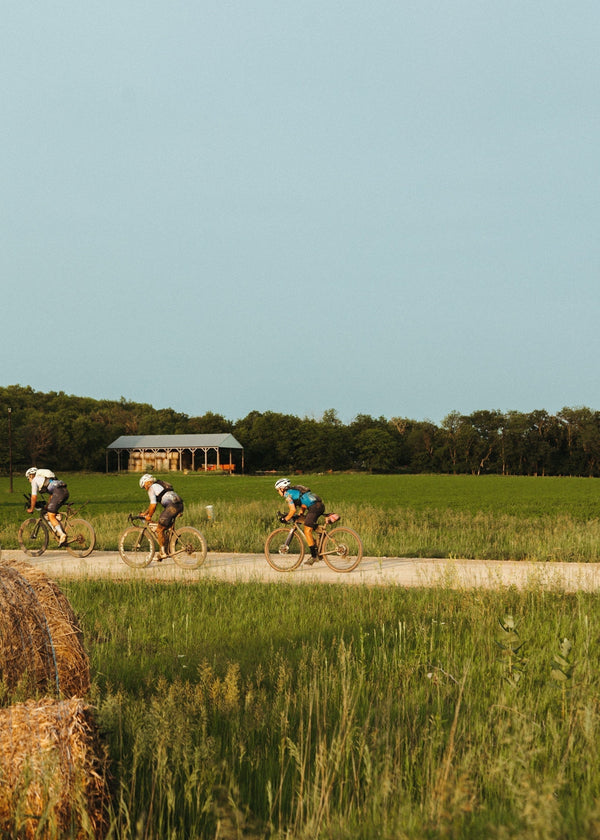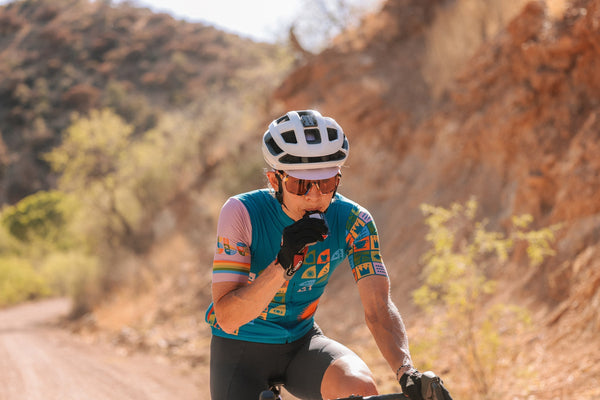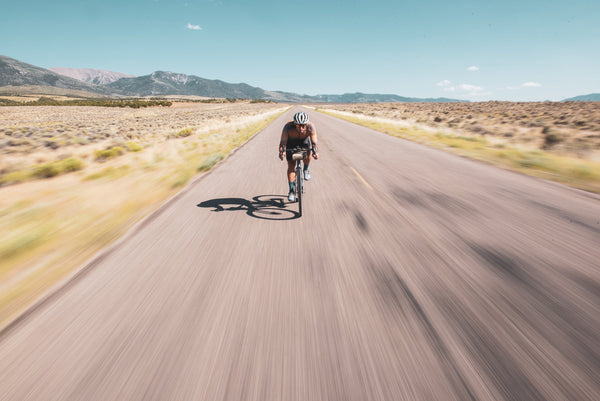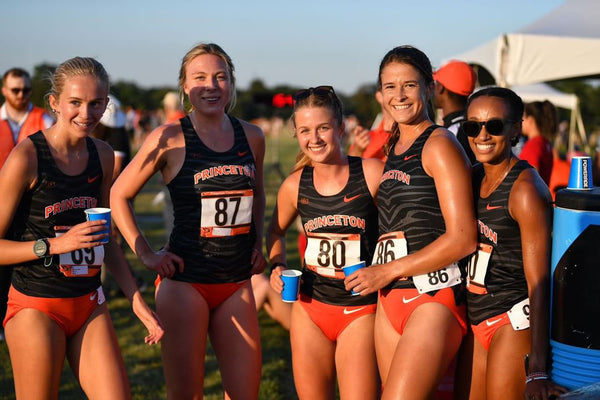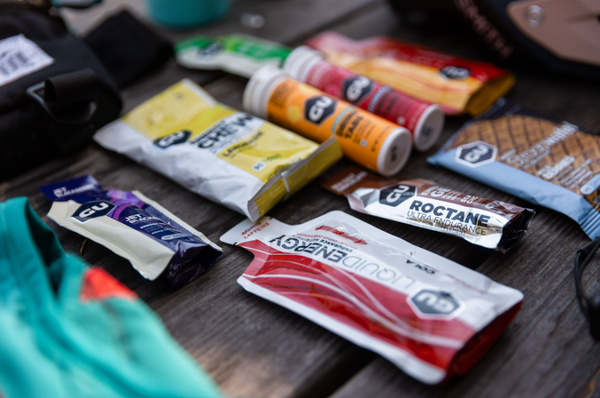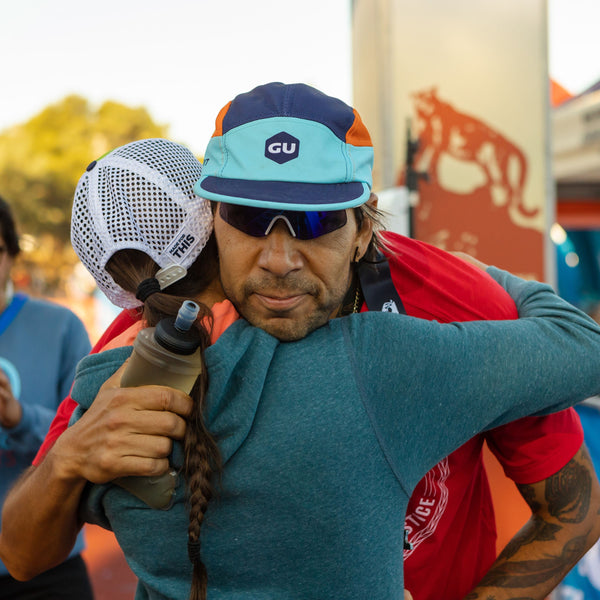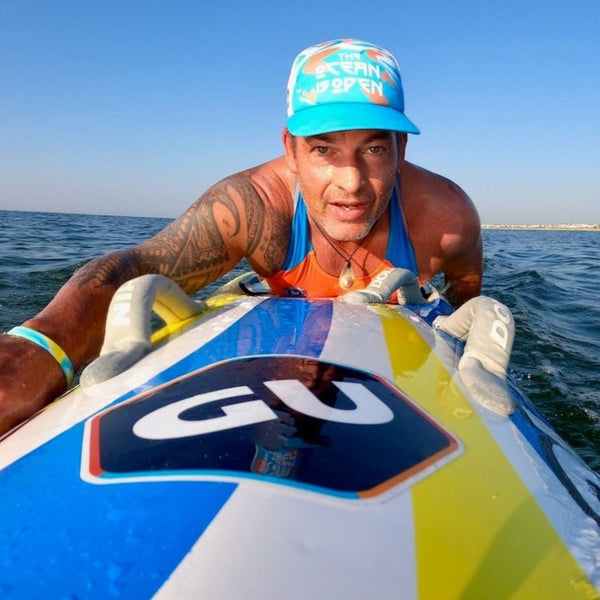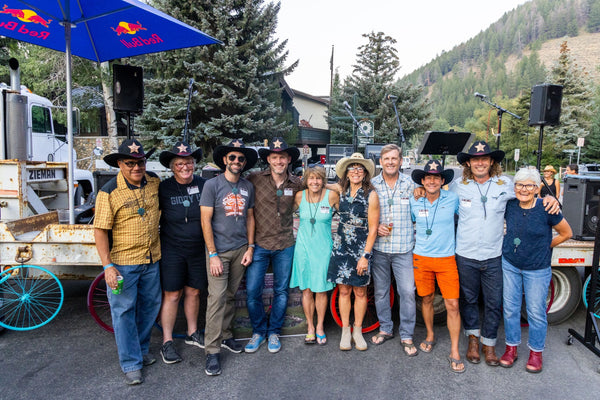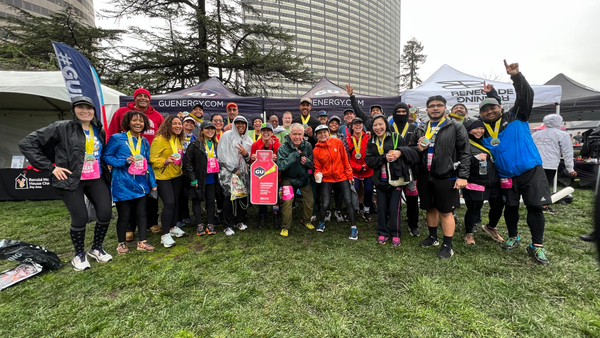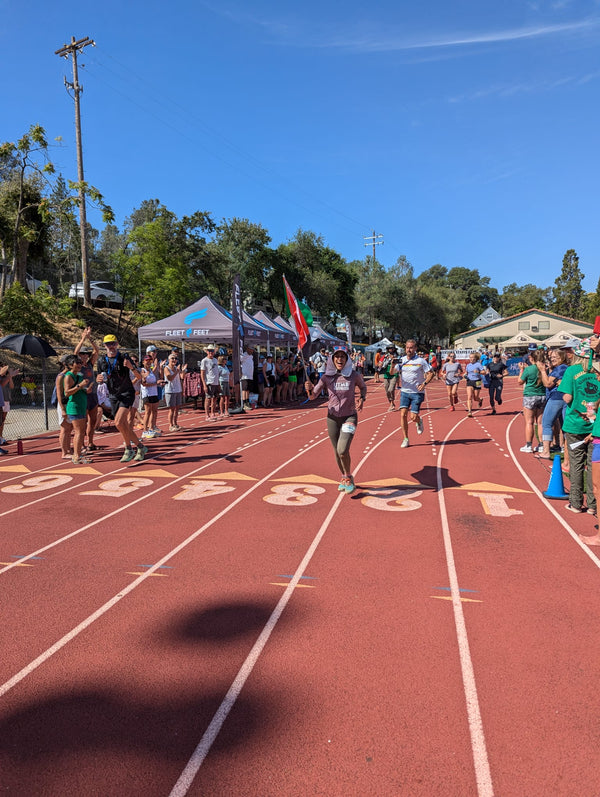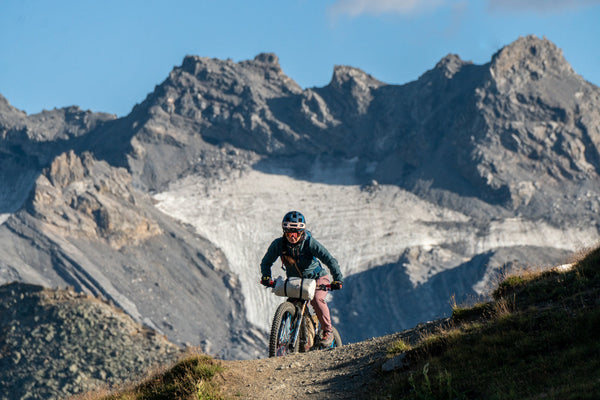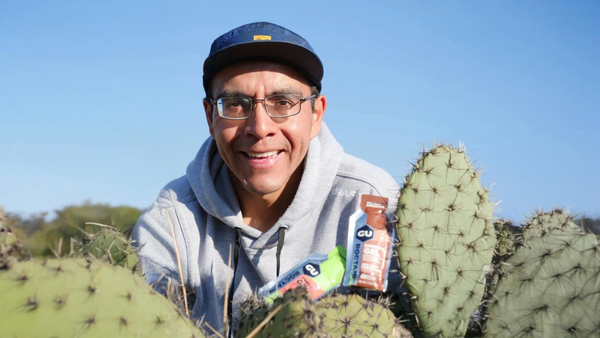As I sit in my car at the trailhead, I can’t help but think about how scary this run is going to be. I’m not sure if I will be able to do it. The thought of running on a trail almost makes me sick, as I can only think about the extreme pain and unsteadiness I felt the last time I was running them. This is my first trail run since the Western States 100; my first trail run since my injury, and I have a pit in my stomach. I don’t remember how I used to run trails let alone run them fast. I don’t remember how my feet used to navigate the rocks and roots successfully. It all feels too familiar but also totally new. I need to trust that my body will remember. I need to trust that I am recovered from my injury and that my ankle will be fine. I need to trust that I can do it. I must try again. And with that last thought I unbuckle my seatbelt, get out of the car, and jog slowly towards the trail head, trying to stifle the thoughts of doubt that are crying out in revolt.
Getting injured in the middle of the Western States 100 Mile Endurance run was not on my “to-do list” for the summer. It wasn’t part of my race strategy; it wasn’t even on my list of “worst case scenarios.” Getting injured wasn’t anywhere close to the top of my mind and perhaps that’s where I went wrong.

Getting injured is part of sport. Athletes of all disciplines suffer injuries every year as they continue to push themselves to new heights. In fact, trail/ultra-runners alone may experience upwards of 7 injuries per 1000 hours of running time (3). To break that down into something that makes sense, imagine that it is Sunday evening and the line graph on your Strava page peaks at 50 miles for the week in 10 hours, meaning you just completed 10 hours of running in one week. At this rate, it would take roughly 100 weeks to reach 1000 hours. 100 weeks is roughly 2 years. Therefore, based off this average, in 2 years’ time you would experience around 7 injuries. SEVEN. While the high prevalence of injury in ultra and trail running is a discussion for another time, you get the gist. Injuries in the sport of ultra-trail running are very common and this past June during what feels like the Superbowl of the sport, I was victim to yet another one.
 On course at the 2022 WS100, before being taken out by a second ankle sprain
On course at the 2022 WS100, before being taken out by a second ankle sprain
During the race I sprained my ankle twice, once at mile ~10 and once at mile ~50, with the second sprain resulting in a shooting pain that didn’t allow me to run. Hiking into Michigan Bluff (mile 55), I knew I wasn’t going to finish. I cried a lot, debated the decision for far too long, and ended my race. I stayed, cheered, and watched some of the finishers. I received a lot of advice and condolences that day. A lot of lovely people reminded me that injured time is a great time to test your resilience, your toughness, learn something new, and work on your mindset. These lovely people weren’t wrong, but I wasn’t ready to hear all of that again. It felt too soon for me to be hearing this advice again.
“I know I can suffer; I have resilience. I don’t need to learn anything new. I am tough enough already. I’ve been here before and I don’t need to do this again,” I thought.
As someone who has been injured a lot in their sporting career (from high school and on), initially I am filled with a sense of unfairness. Unfairness that I, Keely Henninger, yet again am sidelined from one of the things that brings me the most joy, the most confidence. I am sidelined from my sport, my life.
Slowly, these feelings of unfairness morphed into feelings of hope, motivation, and gratitude, just to again morph into feelings of anger, frustration, sadness, and resentment towards my body. The pendulum of emotion continues to swing, back and forth, until I think that I must be slightly crazy because no one else has such conflicting emotions so frequently.
It turns out that I was wrong in my assumption. The roller coaster ride of emotions is extremely common. In fact, because I am a super nerd, I went down a rabbit hole diving into the research in this space and discovered countless studies that discussed injured athletes from a multitude of different sporting backgrounds experiencing feelings of loss, anger, frustration, lack of motivation, and lack of confidence (1,2). The constantly changing emotions are part of this journey. It’s okay to feel two completely conflicting things; they both deserve a space to be felt, confronted, and dismissed.
Another common theme between these studies was the importance of community during times of distress (1,2). We like to feel like we are part of something, whether that is part of a team, a training group, a friend group, etc. I remembered that I had a rock-solid team, a team of friends, family, doctors, and physical therapists. I had a team that had my success and well-being in mind. I didn’t have to go through this alone. The power of a team is real, no matter how big or small. Even though during these times of injury or setback we initially aim to seclude ourselves from our community, we should lean into it. Our community will be there for us just like you would be there for them. I consulted my team for advice, companionship, and most importantly, a path forward.
The path forward after tearing all the tendons that “no one usually tears,” i.e., the deltoid and spring ligaments of the medial ankle, is filled with a good amount of rest, a lot of time in a boot, and some intense rehab. My PT liked to analogize my injury to a loaf of bread in the oven. “If you take it out too early, you can’t put it back in, and it will not be ready.” We proceeded with caution and on the longer end of recovery timelines to avoid a re-injury or surgery.
 Boot life. Keely getting back out there.
Boot life. Keely getting back out there.
Slowly, I was able to initially walk on flat paths, then ride my bike, and finally start to walk on trails. I was also given the green light to begin strengthening and mobility exercises. My days slowly became filled with these things as I did them in excess. I went against a lot of my morals the first couple of weeks I was allowed to get on my bike, biking way more than I should have and becoming fixated on it as an outlet for all the distress I had been feeling over the past 5 weeks. As I found myself more and more tired, less productive, and less patient with my partner and pup, I realized I was overdoing it at no benefit to me or those around me. I was trying to be in control of what I could since my body had me feeling out of control.
Control. It’s what we constantly seek, yet never manage to fully grasp. Control in small, purposeful doses can be our best friend, but control in excess can be our own worst enemy. During times of injury, I must constantly make sure that I am controlling the controllable in a healthy, productive way. In a productive way, I can control my mindset for the day, I can control how hard I push and motivate myself; I can control how I nourish my body during and after a workout. But unproductively, I can also control how little I eat during the day; I can control how often I work out, and how often I mull over the past. Exhibiting control during these times by undereating, over-exercising, and over-analyzing is extremely unproductive and unhealthy, but sometimes it feels good to control something; to control anything. I tried to focus my control on productive things and keep myself in check on the obsessive or unproductive things.

After almost 9 weeks of no running, I was cleared to start my return to run program. I was so excited and grateful to have made it through the first 9 weeks with no reinjury or flare up, but I was also scared and uncertain of my ability to run. I didn’t want to break again. My first run was only 12 minutes - 6x2 minutes of running - where I felt no pain but a whole lot of awkwardness and tightness. Immediately following the run, I felt a huge surge of adrenaline and excitement. However, the return to running has been anything but linear. Some days I feel like a rock star, and other days my entire body is sore, running feels hard, and I question everything. Luckily, I have a stellar PT who reminds me that I am allowed to be sore sometimes and to cut myself some slack because I just took the longest hiatus from running that I probably ever have. My body is gaining its strength back and that’s okay.
I leave this injury behind learning new things about myself and this world that I didn’t know were possible. I thought I was too old to learn new tricks. I thought I had been injured too many times to gain any new insight from this one. I was wrong.
I learned more about suffering, my ability to be resilient, and my toughness. I worked on large weaknesses of my mindset that I didn’t know were there. Looking back, I acknowledge that there was some merit in the unsolicited advice and encouragement I got from my friends and peers after all. We can always learn new things. If we take the silence and extra time that typically comes with injury to listen to what our body and mind our telling us, there are countless avenues to explore and improve.
While there is still a little voice in my head that tells me that my body can’t handle this sport and that maybe I should throw in the towel, it is immediately followed by an overwhelming desire to try again. That little voice is getting softer and softer every day, as it needs to, since I have my sights set on getting another golden ticket this year to return to the WS100 again. Third time's a charm, right?
As I start to jog down the windy trail, I suddenly feel right at home. My feet are somehow moving as if they never left, ignoring my protesting mind. As I make my way down the trail, I can’t help but smile and feel proud that I made myself try. I’m back.
 About Keely Henninger
About Keely Henninger
Citations
(1) Clement D, Arvinen-Barrow M, Fetty T. Psychosocial responses during different phases of sport-injury rehabilitation: a qualitative study. J Athl Train. 2015 Jan;50(1):95-104. doi: 10.4085/1062-6050-49.3.52. Epub 2014 Oct 16. PMID: 25322346; PMCID: PMC4299742.
(2) Tracey, J. (2003) The Emotional Response to the Injury and Rehabilitation Process, Journal of Applied Sport Psychology, 15:4, 279-293, DOI: 10.1080/714044197
(3) Videbæk S, Bueno AM, Nielsen RO, Rasmussen S. Incidence of Running-Related Injuries Per 1000 h of running in Different Types of Runners: A Systematic Review and Meta-Analysis. Sports Med. 2015 Jul;45(7):1017-26. doi: 10.1007/s40279-015-0333-8. PMID: 25951917; PMCID: PMC4473093.

